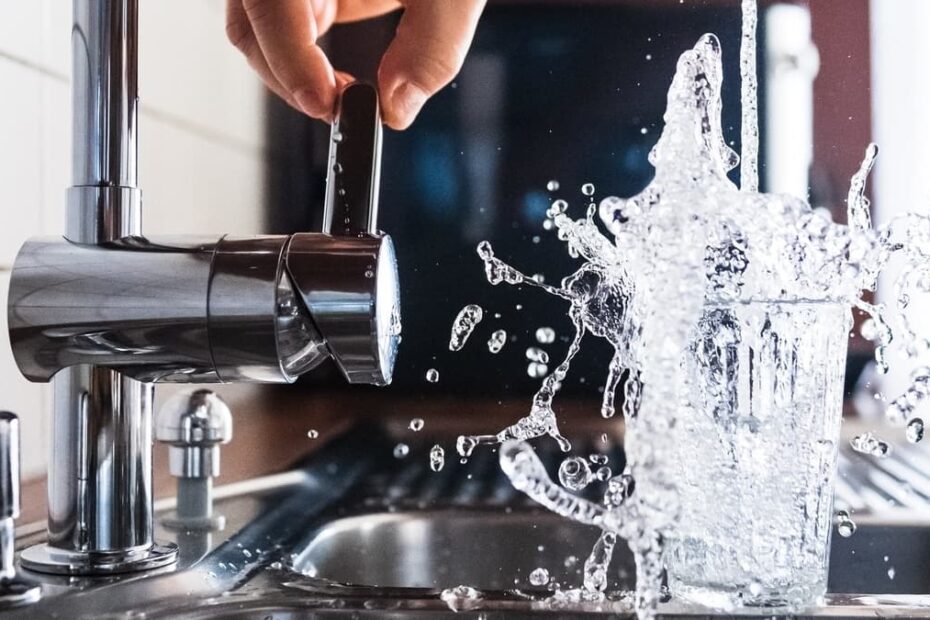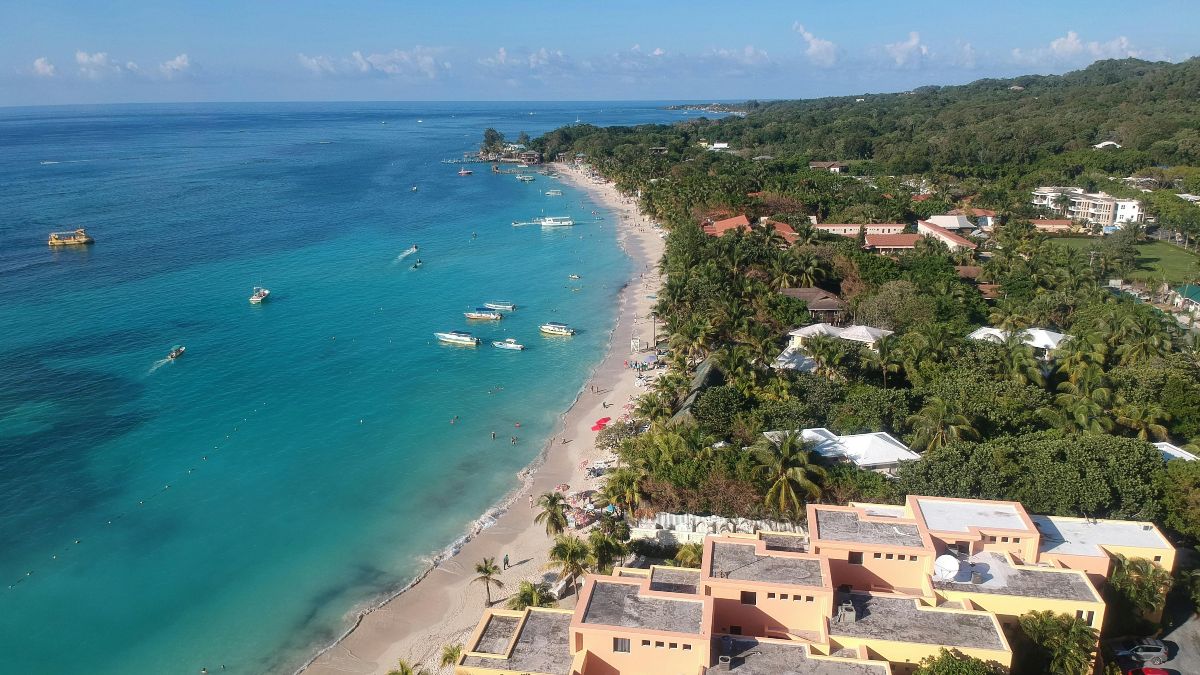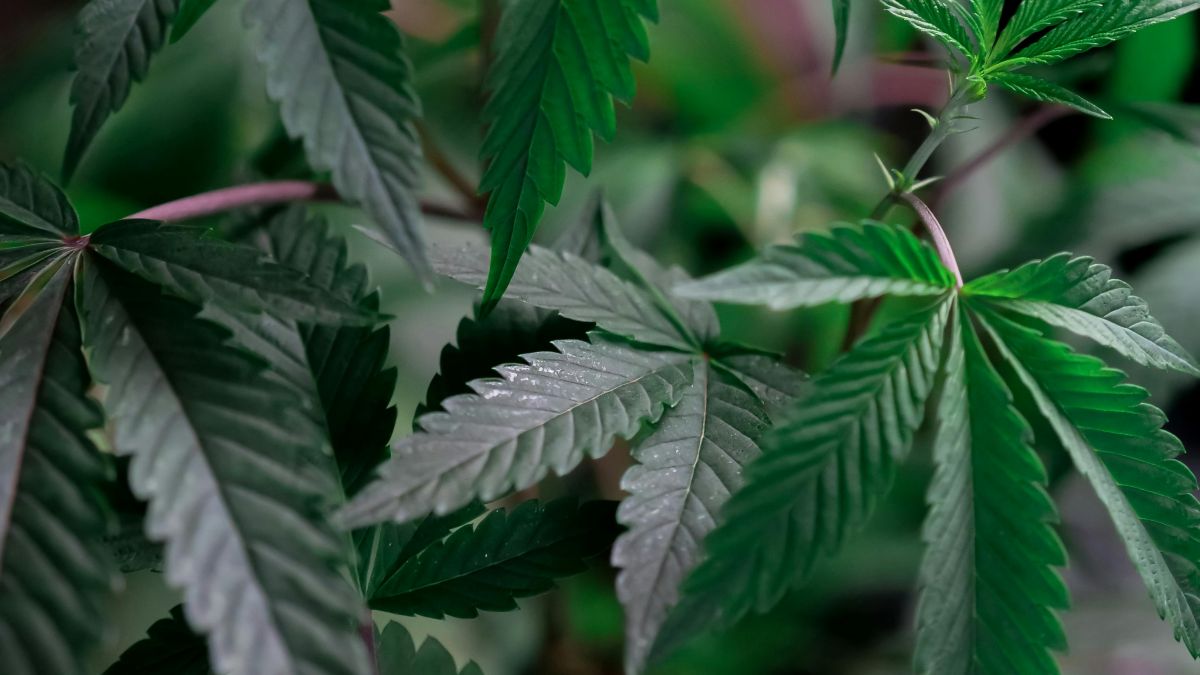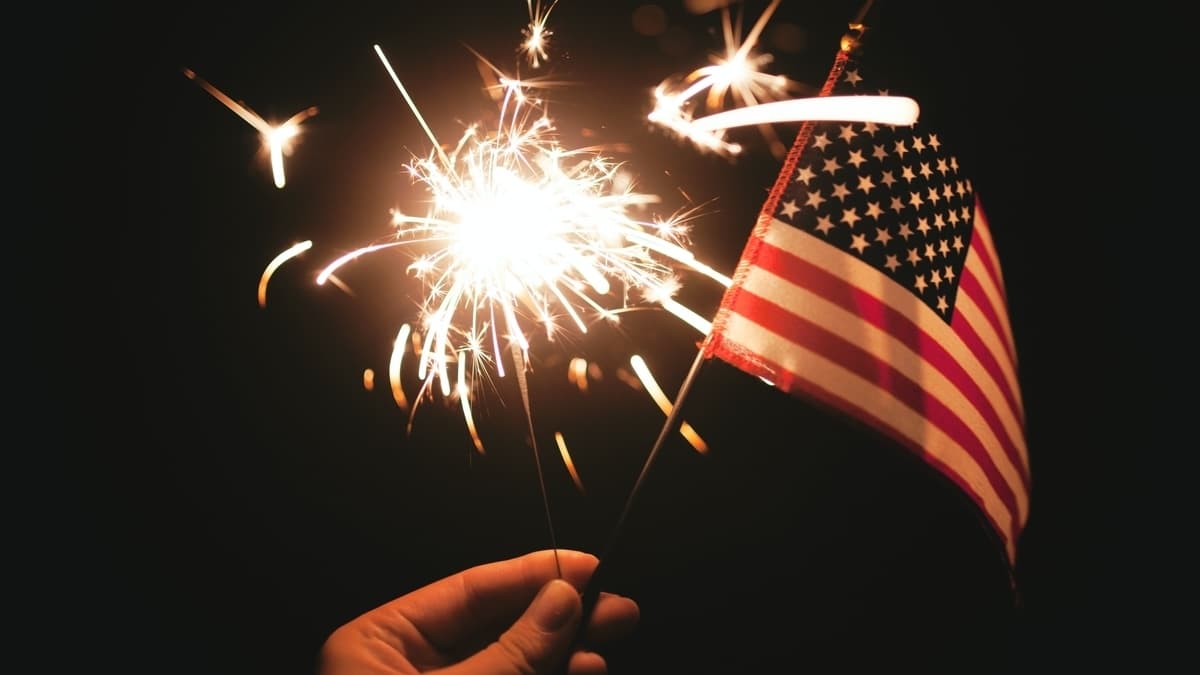In this article, we take a look at one of the main questions that visitors ask. Is the water safe to drink in Central America? Here’s a country-by-country overview.
One of the biggest advantages of living in Central America is that it’s wet. The region receives a lot of rain due to its tropical location. Water is everywhere in Central America, from the two oceans either side of the isthmus, to countless rivers, lakes, streams, and lagoons.
And then there’s the rain.
Boy, does it rain in this part of the world. Sometimes, living in Central America is an exercise is staying soggy and damp. Endless days of torrential downpours can be common at the right (or wrong) time of year. When the region gets hit by hurricanes and tropical storms (not super common, but not rare), the damage water causes can be devastating.
But here’s the the thing. All the rain we get in Central America is a good thing. Yes, we see a lot of rainy days and occasional damage-causing bad weather. But speaking for myself, I would rather live in a place where it rains more than where it doesn’t rain at all. Central America isn’t a desert. It’s a region made up of lush rainforest (the clue is in the name) and for that I’m grateful.
Central America is a region where you will see more shades of green than you’ll ever be able to count. That’s down to the rain we get here. This is all to the good.
Sure, there are drier areas, where water is an issue.
Guanacaste in northern Costa Rica often lacks water, and can get positively arid. This often causes tensions between local communities and large resorts, who use tons of water to keep golf courses fresh and green. Much of Nicaragua – to the west of Lakes Nicaragua and Managua – feels like Guanacaste (or depending on your viewpoint, Guanacaste feels like much of Nicaragua).
Then there’s the Azuero Peninsula in Panama, another dry part of Central America, that even has an area called Sarigua that looks and feels like a desert, although technically it’s not. Guatemala also has the Motagua Valley, reminiscent of Arizona. All these areas suffer from lack of water.
But, for the most part, water is abundant in Central America, sometimes a little too abundant when it’s coming into your house.
So what about drinking it? Is the water safe to drink in Central America?
Most of Central America – although not the entire region – does have access to clean, safe water. That’s something to be thankful for. We have some major issues in the region, from poverty and inequality to crime and corruption. Lack of access to clean, safe water is, thankfully, less of an issue to people in Central America than it is in many other parts of the world.
But that doesn’t stop many people asking about the water down here, though. If you’re from the United States, Canada, or western Europe, you might well wonder about the water in Central America. Despite the abundance of water in Central America, when you turn on the tap, is it drinkable?
In this article, we’ll try and answer that question on a country-by-country basis. Let’s get started.
Is the water safe to drink in Belize?
Overall, yes, you can drink the tap water in Belize, although most hotels will provide bottled water, or they will filter the tap water. The general consensus among expats in Belize talking about this is that the filter is more about taste than safety.
But for ice in your drink, brushing your teeth, washing fruit, making tea/coffee etc., you can use the tap water in Belize. Many homes and businesses in Belize also have rain cisterns which they filter for water. Once you’re in Belize, ask around in the area where you’re located about what they do for water.
Is the water safe to drink in Costa Rica?
As someone who lives in Costa Rica, I will give that a yes. I’ve been here since 2000, and have been drinking the tap water all over the country since then.
That said, there are parts of Costa Rica where they don’t recommend drinking the water. This includes the Caribbean side and some more remote parts of the Osa Peninsula. Oftentimes in Guanacaste, where there are often shortages, the water comes from individual tanks or wells, and sometimes hotels will tell you not to drink it.
But in general, throughout Costa Rica, you’ll have no issues drinking the tap water.
Is the water safe to drink in El Salvador?
We would say no for El Salvador. Although if you’re in San Salvador, the capital city, chances are the water coming out of your tap is okay to drink, although it can taste pretty chlorinated. Outside of the city, avoid drinking the tap water.
Lots of people, though, use well water in El Salvador, accessing groundwater, and this should also be avoided. As you might not be sure where your water is coming from, you should stick with bottled water or a decent filtration system, like most Salvadorans do.
Is the water safe to drink in Guatemala?
We’ll leave this with our regular and reliable Guatemala guy, Nestor Quixtan, who lives in Guatemala City:
“Water is not generally safe to drink out of the tap since there is no water treatment. We buy purified water while other have filters like those charcoal ones. I have drunk tap water and I’ve been fine, but I don’t really recommend it. For foreign folks it’s best to avoid it as they could get sick.”
Most decent hotels and restaurants in Guatemala will provide filtered or bottled water.
Is the water safe to drink in Honduras?
We don’t recommend drinking the tap water in Honduras. As with other countries in the region, most people buy bottled water or have some kind of filtration system. Big five-gallon containers are cheap and available all over Honduras.
Looking at the expat groups on Facebook talking about drinking water in Honduras, most people avoid tap water unless they’re in a hotel where it comes filtered. There are a handful of people who say they drink the tap water with no ill affects, but those comments are rare. If you’re a traveling tourist, stick to the bottled water.
Is the water safe to drink in Nicaragua?
The overwhelming consensus on drinking tap water in Nicaragua is don’t do it… although I personally have done so in Granada, Leon, and San Juan del Sur in the past.
Looking at the expat groups, most people avoid drinking the tap water, although they do clean their teeth with it. As in Honduras, those five-gallon containers are cheap and easy to get.
Is the water safe to drink in Panama?
Most of Panama has safe drinking water straight out of the tap, especially around Panama City and other urban areas. Water in Panama is well-treated and safe, although some expats complain about the chlorine taste of Panama City water. Many get filtration systems just to deal with the taste.
Areas of Panama where it’s not recommended to drink the tap water include Bocas del Toro, where most people either have cisterns and filters, or rely on the tried and tested five-gallon deals we see all over the region. Avoid drinking tap water in the Darien and over in the Guna Yala Comarca.
Conclusion on drinking water in Central America:
If you’re a tourist traveling in the region, we recommend – despite what you read above – using bottled water wherever you are, even in Costa Rica, Panama, and Belize. You can brush you teeth fine with tap water in these countries, and even use ice, but for straight drinking, stick to bottled water.
The water may be safe in these countries, but it still might cause a reaction, and you don’t want to be sick if you’re on a one or two-week vacation.
If you’re moving to Costa Rica, Panama, or Belize, then you could probably start drinking the water to acclimatize yourself, but again, take local advice. And if you don’t like the taste, get a filter or buy those five-gallon containers.
As far as El Salvador, Guatemala, Honduras, and Nicaragua go… whether you’re on vacation or making a permanent move… stick to bottled water at all times. It’s easier that way.
We hope we’ve given you a helpful snapshot on drinking water in Central America!
James Dyde is the editor of centralamerica.com. He lives in Escazu, Costa Rica.




